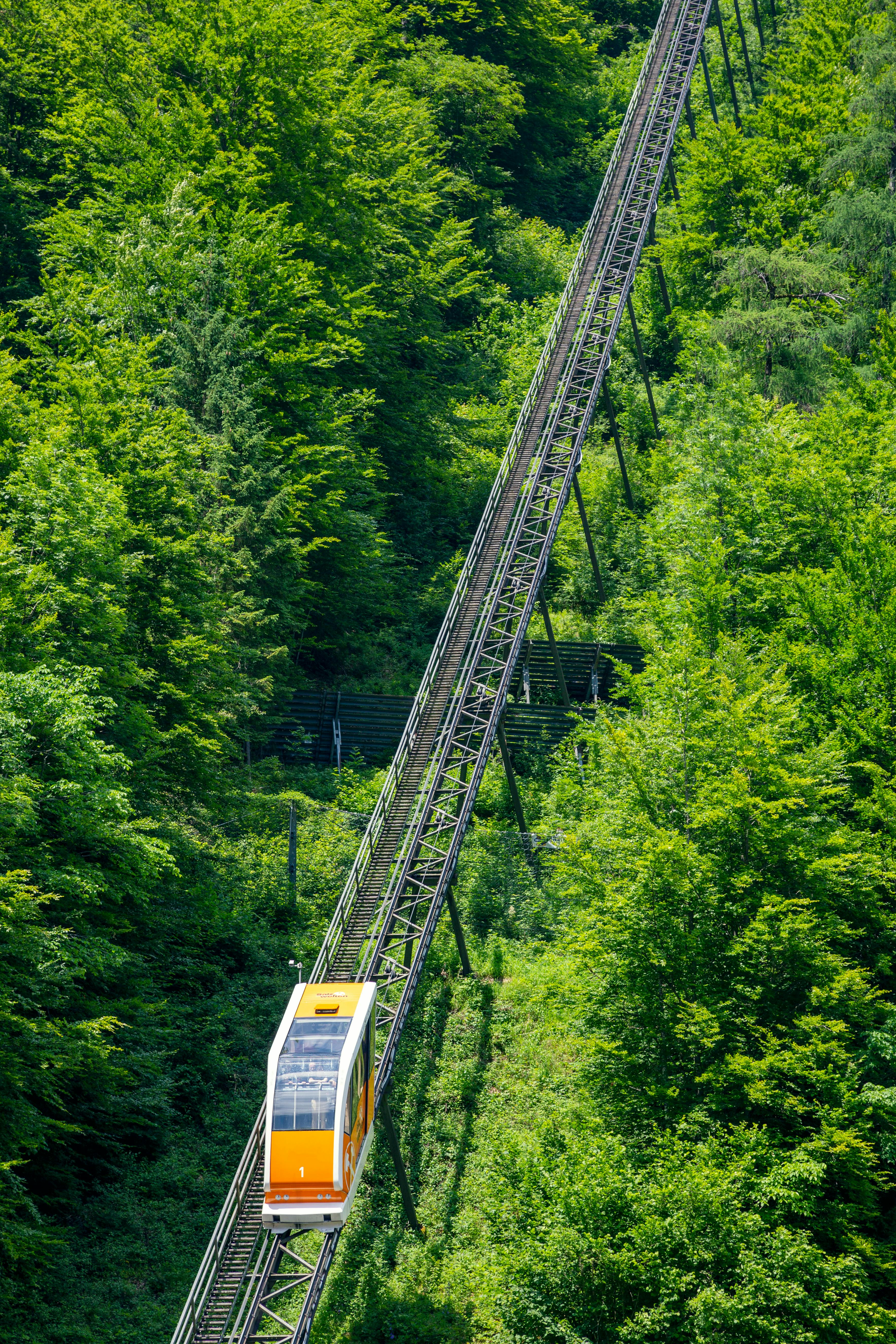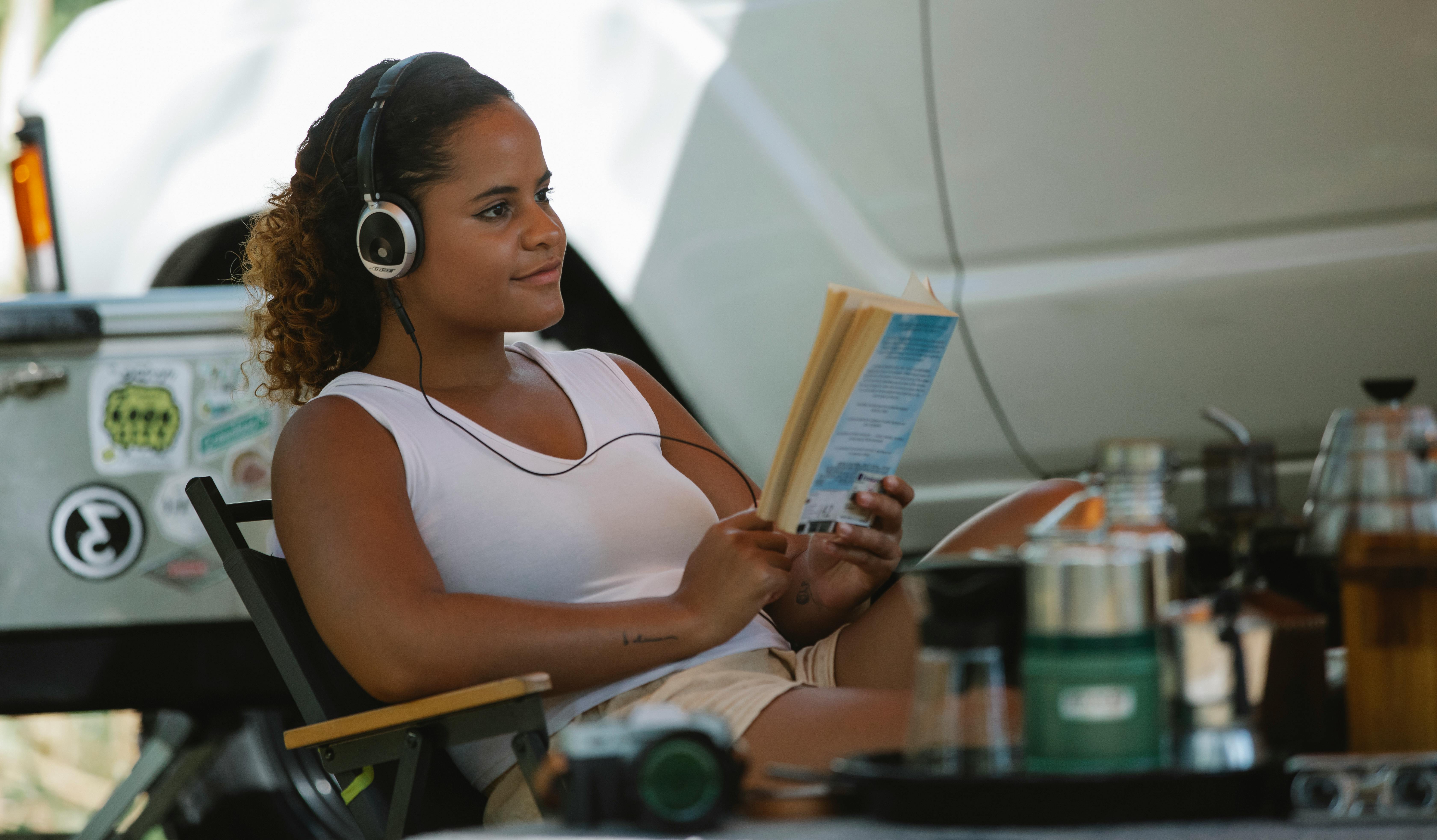Sustainable Travel Planning: What Works in 2024 (Real Insider Tips)
What really strikes me about travel these days is how quickly everything changes. Back in 2019, some of us were still figuring out where “eco-lodges” fit into mainstream trip planning, and “sustainable travel” often felt like a niche concern. Fast-forward just a few years—after unprecedented global disruptions, evolving environmental priorities, and record-breaking tourist numbers—and now everyone’s talking about travel sustainability. But what does it actually mean in real-world, boots-on-the-ground terms?1
I’ve spent over a decade traveling for both business and pure adventure. From stormy layovers in Iceland to slow train rides in Sri Lanka, what I’ve consistently found is that truly sustainable travel is less about “Instagram moments” and more about habits, choices, and, yes, minor mishaps along the way. So, how do you actually plan a sustainable trip for 2024 that feels authentic, responsible, and, most importantly, doable—even if you’re not an expert or environmentalist?2
Why Sustainable Travel Really Matters
Here’s the thing: Over 1.5 billion international tourist arrivals were recorded globally last year, according to the UNWTO3—and that number keeps climbing. Why do I bring this up? Because every new traveler impacts local environments, economies, and cultures, whether we realise it or not. I’ve never been fond of blanket “leave no trace” slogans; the reality is more complex and nuanced. Even the best intentions can backfire if we’re not aware of our full impact. And surprisingly, some of the most sustainable destinations aren’t the ones plastered across top-ten lists.4
“Tourism that supports local communities, reduces carbon emissions, and protects heritage sites isn’t just good for the planet—it’s essential if we want those places to exist for future generations.”
Honestly, sustainable travel isn’t about perfection. And it’s not just about environment. Yes, there’s carbon offsetting and single-use plastic bans, but it’s also jobs, traditions, human connections—a kind of respectful presence. From my perspective, it’s about giving more than you take, wherever you go.5
Key Concepts: Sustainability Basics
- Environmental stewardship: Minimizing your carbon footprint, reducing waste, conserving water.
- Social responsibility: Supporting local businesses, respecting indigenous cultures, contributing to community wellbeing.
- Economic impact: Prioritizing experiences and accommodations that directly benefit local residents.
- Cultural sensitivity: Learning and honoring traditions, avoiding exploitative or insensitive activities.
What often puzzles me is how quickly a trip can shift from “thoughtful” to “harmful” just by ignoring one of these pillars. Actually, thinking about it differently, “sustainable travel” isn’t a single action; it’s a juggling act. One more thing: If you’ve ever been on a group tour that skips local guides for outsourced explainers, you’ll know what I mean—it’s a missed opportunity all around.
Authentic Sustainable Planning Means Mistakes—and Corrections
Back when I first started exploring South America, I chose the cheapest flights, booked big hotel chains, and only later realised how much authentic experience I’d missed by not engaging with locals. What I should have done? Slow down, ask questions, and course-correct. Every traveler evolves—the journey is the destination.
Sound overwhelming? It’s easier than it seems (most of the time). The more you ask questions and adjust expectations, the more rewarding the experience becomes. Plus, there’s this: nowadays, you don’t have to be a sustainability expert—even simple changes make a real difference.6
Seasonal & Geographic Strategies That Actually Work
Let me step back for a moment. Have you ever planned a trip only to discover everything’s fully booked, the weather’s unpredictable, and costs have doubled? That happened to me in Japan last autumn—a classic rookie mistake even after years in the business. What you should do is always factor in seasonality and local calendars (festivals, harvests, school holidays), and not just weather. That single shift—timing—can dramatically reduce your carbon footprint and environmental impact, not to mention save you money.7
Europe’s “shoulder seasons”—late spring and early fall—are a great example. In Spain, traveling in May means fewer crowds and cooler temperatures, but also less strain on water, transport, and local resources8. Funny thing is, these days, most destinations publish official “sustainable timing” guides, and local governments actively promote off-peak tourism. Did you know Iceland caps some high-traffic sites to preserve nature? I learned the hard way in 2022 when a hike was closed mid-season for restoration. Lesson: always check both weather and environmental policies before confirming dates.
Country Fact: New Zealand’s Sustainable Tourism Leadership
New Zealand, often considered a global model for eco-tourism, requires operators to meet strict environmental standards and encourages travelers to sign sustainability pledges. As of 2024, more than 46% of travelers opt for low-impact activities—and the country’s Department of Conservation maintains active restoration zones to combat overtourism.
Essential Seasonal Planning Steps
- Review local climate guides (plus, check recent weather patterns for anomalies).
- Cross-reference destination’s event calendar—avoid local holidays for cost and sustainability reasons.
- Seek out local government websites for “low-impact” period recommendations.
- Plan at least one buffer day for unexpected closures or restoration projects.
I know, I know—this sounds obvious, but these steps are consistently missed by even seasoned travelers. The result? Overcrowding, waste, higher prices, and disappointing experiences.
Insider Tip: Timing Directly Impacts Local Communities
Traveling outside peak periods gives locals breathing room, stabilizes pricing, and—crucially—reduces environmental pressure. In Bali, for instance, off-peak tourism has helped villages preserve water resources and wildlife habitats9.
Budgeting, Transportation & Logistics: The Sustainability Equation
I have to say, transportation choices are where most travelers slip up (I do too, sometimes). Just yesterday, while reviewing recent studies, the carbon cost of short-haul flights still beats any other travel factor by far10. What really excites me is the rise of efficient train networks across Europe and Asia. But here’s the thing: Not every destination has a perfect eco-friendly solution, so sometimes you just have to balance practical limitations with sustainable intentions.
| Mode | Average Carbon Output | Seasonal Impact | Traveler Flexibility |
|---|---|---|---|
| Train | Low | Minimal | High |
| Bus/Coach | Moderate | Seasonal | Medium |
| Short-Haul Flight | High | High | High |
| Cycle/Walk | Minimal | None | Situational |
Years ago, my mentor argued for “slow travel” over bucket-list chasing. I remember thinking it sounded idealistic—do people really have the time? Turns out, slow travel is much more accessible these days. You can balance a short trip with longer stopovers, choose local buses instead of rental cars, and cycle for day trips. My thinking has evolved: It doesn’t have to be all-or-nothing.11
Pro Tip: Budget Drives Sustainable Choices
The biggest mistake I see is travelers splurging on carbon-intensive flights just because they’re cheap upfront. Sometimes, a slightly longer route (train plus bus) means significant savings and drastically less impact.
- Consult Google Flights or Skyscanner for direct emissions estimates.
- Look for group ticket discounts on eco-friendly transport.
- Consider “multi-modal” trips: combining trains, buses, and walking routes.
- Opt for accommodation near transport hubs to minimize local travel.
What puzzles me sometimes is how quickly people forget that “cheap” is relative; the real cost is often long-term, not immediate. Actually, thinking about it again—we all make tradeoffs; sustainable planning is about better ones.12

Accommodation & Local Impact: Beyond the Buzzwords
Let me think about this. How do you pick accommodation that’s truly sustainable, not just greenwashed? Honestly, the biggest mistake I made in my early travels was trusting hotel websites claiming eco-credentials without checking for legitimate certification. Now, whenever I book, I triple-check for real certifications (GSTC, Green Globe, EarthCheck), ask about waste policies, and actually read guest reviews for details about local engagement.13
Clarification: “Eco” Doesn’t Mean Perfect
On second thought, just because a place offers organic breakfast or posts recycling slogans doesn’t mean their operations are genuinely sustainable. Genuine sustainable lodges invest in staff training, support surrounding communities, and provide accurate reporting on things like water conservation and energy use.14
I’m partial to accommodations that are locally owned, hire local staff, and source ingredients from nearby markets. That’s where authenticity lives. During a trip to Peru, staying in a homestay was an absolute GAME-CHANGER. The family explained how even small shifts—like asking guests to turn off the tap—help the whole village. Simple, real, direct benefits to people living right there, not some faceless corporation.15
Accommodation Checklist: What I Now Prioritize
- Certification from internationally recognised sustainability standards.
- Evidence of local employment and fair wages.
- Transparency in water/waste management policies.
- Real guest feedback mentioning sustainability practices.
- Proximity to local markets and cultural sites.
“Travelers who ask specific questions about eco-practices are not only better informed—they also encourage hotels and operators to raise their standards.”
What I used to overlook is the ripple effect—supporting a small guesthouse can fund school scholarships, medical programs, and cultural festivals. Previously, I just focused on the amenities. Now, I consider the bigger picture.
Insider Tips, Mistakes & Case Studies from the Road
Having worked in this field, I know every traveler hits bumps. Three years ago, before the industry really exploded with remote work tourists, I booked a “green adventure” package in Vietnam. The operator recycled, limited single-use plastics, and offered local food—but still used two diesel vans for a 4-hour group ride. What I should have done: ask about transport before booking.16
Personal Lessons & New Habits
- Ask questions about every part of the trip: lodging, guides, meals, transport.
- Request details, not slogans: actual water usage data, food sourcing, energy mix.
- Check TripAdvisor and Google reviews for “eco” validation and local connections.
- Support “community based tourism” initiatives when possible.
“If you’re not curious about how your travel dollars flow, you’re probably missing the heart of sustainable tourism.”
Case in point: A colleague recently pointed out that sometimes, the most “eco” trip is the one you never take—virtual experiences and local adventures are increasingly popular for minimal impact. The jury’s still out for me, but it’s an option worth exploring, especially if your primary goal is education or connection over physical relocation.17
Mistakes I’ve Made That Still Teach Me Something
- Assuming local tours meant local benefits—sometimes the profits go elsewhere.
- Overpacking “eco-gear” I never used—waste of space, money, and resources.
- Skipping consultation with local guides because “I already researched enough.”
One more thing: Sustainable travel isn’t rigid dogma. You’ll stumble, overstep, learn—then get better, for the planet and yourself. Anyone else feel this way?
Summary & Key Takeaways: Practical Planning for Real Travelers
- No trip is perfect—sustainable travel is about genuine effort, honest correction, and ongoing learning.
- Seasonal timing and local calendars are crucial for lower impact, richer experiences, and better budgeting.
- Choose accommodations that actually give back locally, not just “look” sustainable.
- Ask tough questions, seek real data, and support community-based tourism at every opportunity.
- Mistakes are inevitable—let them fuel your improvement and share your lessons widely.
Personal Call to Action
Ready to start planning? Choose one habit to change this year: maybe it’s using trains instead of flights, checking every accommodation’s real certifications, or simply talking to more locals. That’s how you grow as a more sustainable, thoughtful traveler.
My current thinking: Sustainable travel isn’t a finished product. It’s a personal journey with evolving standards, shifting priorities, and real impact—not just on places and people far away but in how we grow, connect, and see the world.18
Let that sink in for a moment. Would your favorite destination look the same if every traveler arrived thinking about community benefit, long-term preservation, and authentic experience? That’s the travel revolution we need—genuine curiosity paired with practical responsibility.
References & Further Reading



